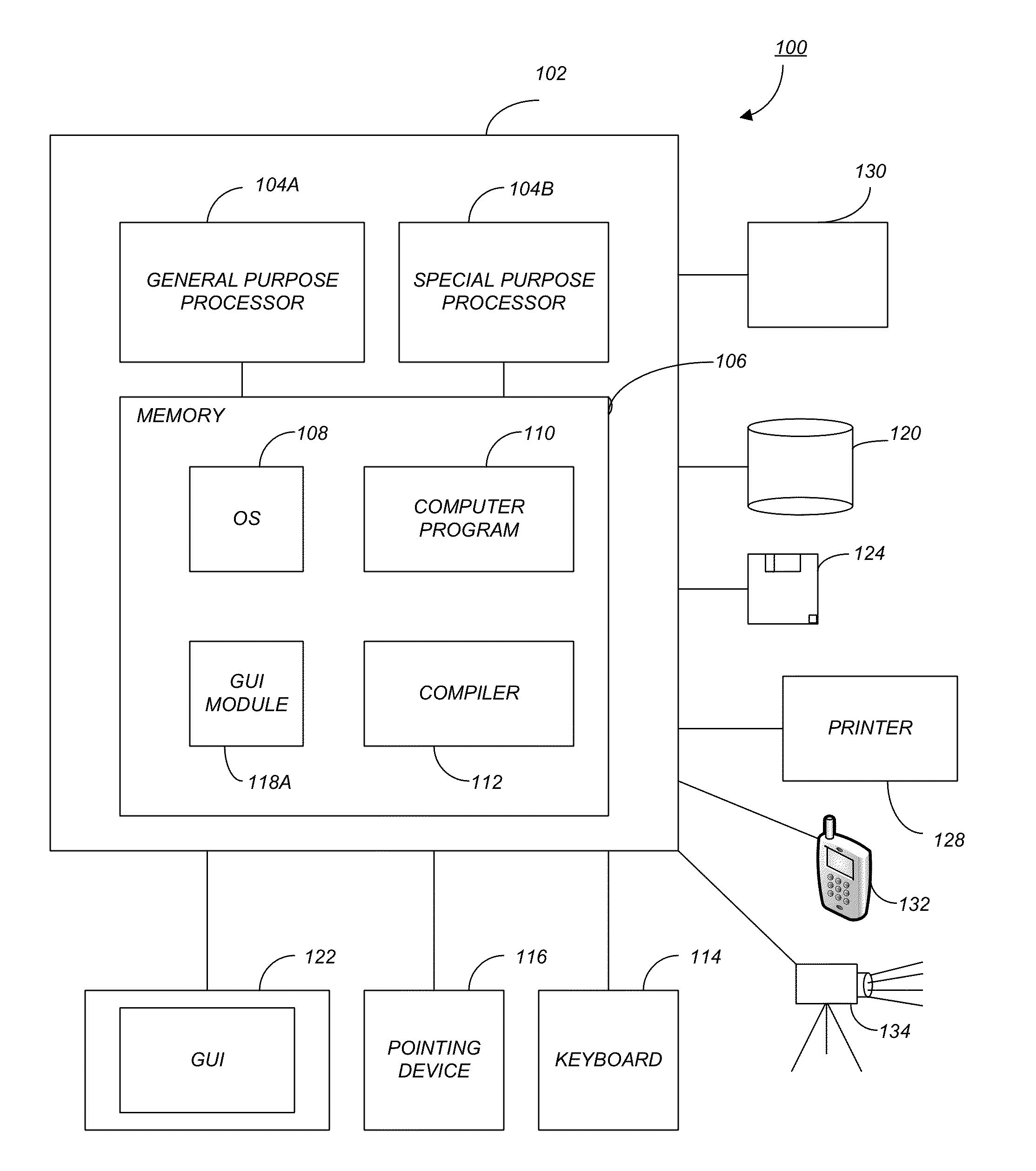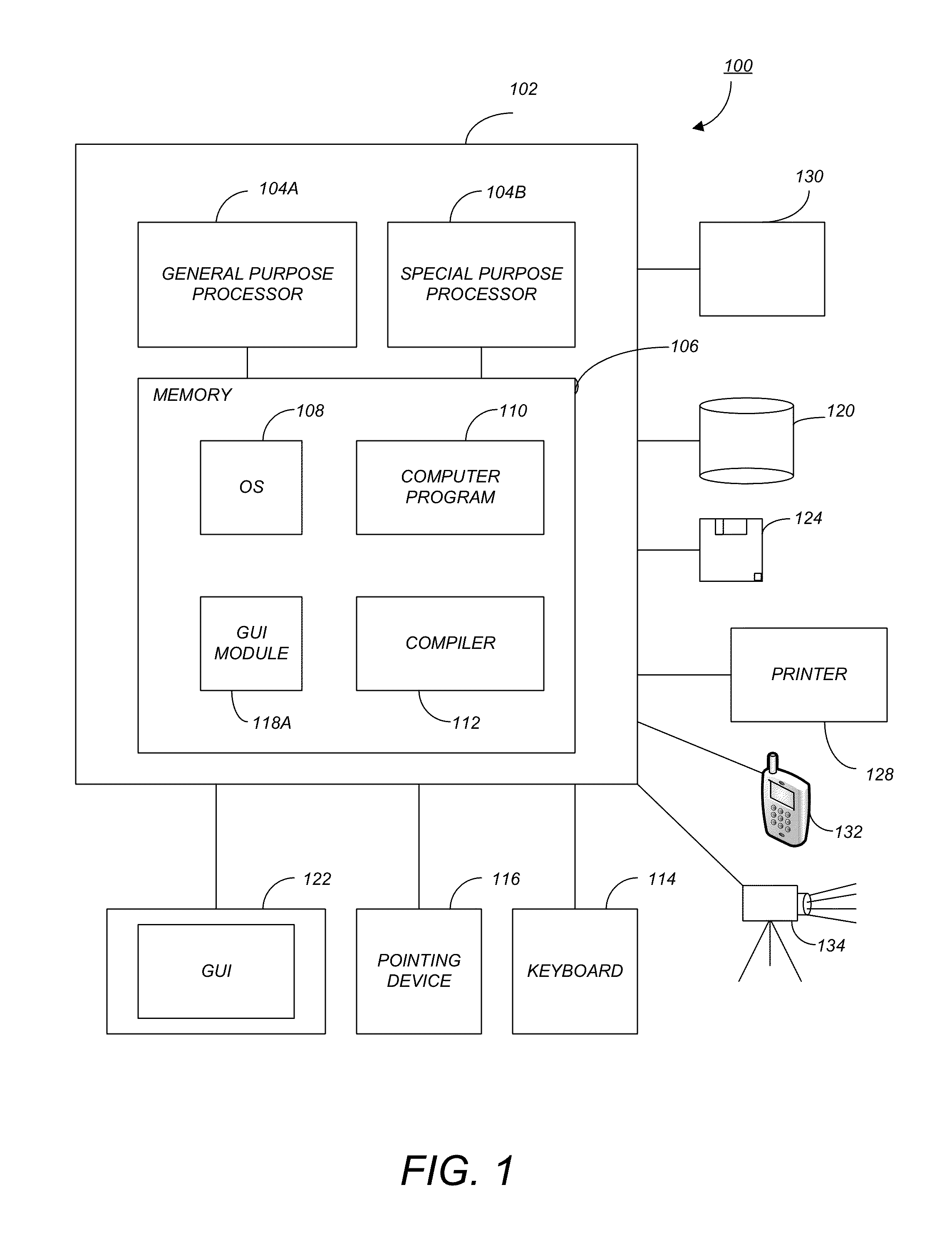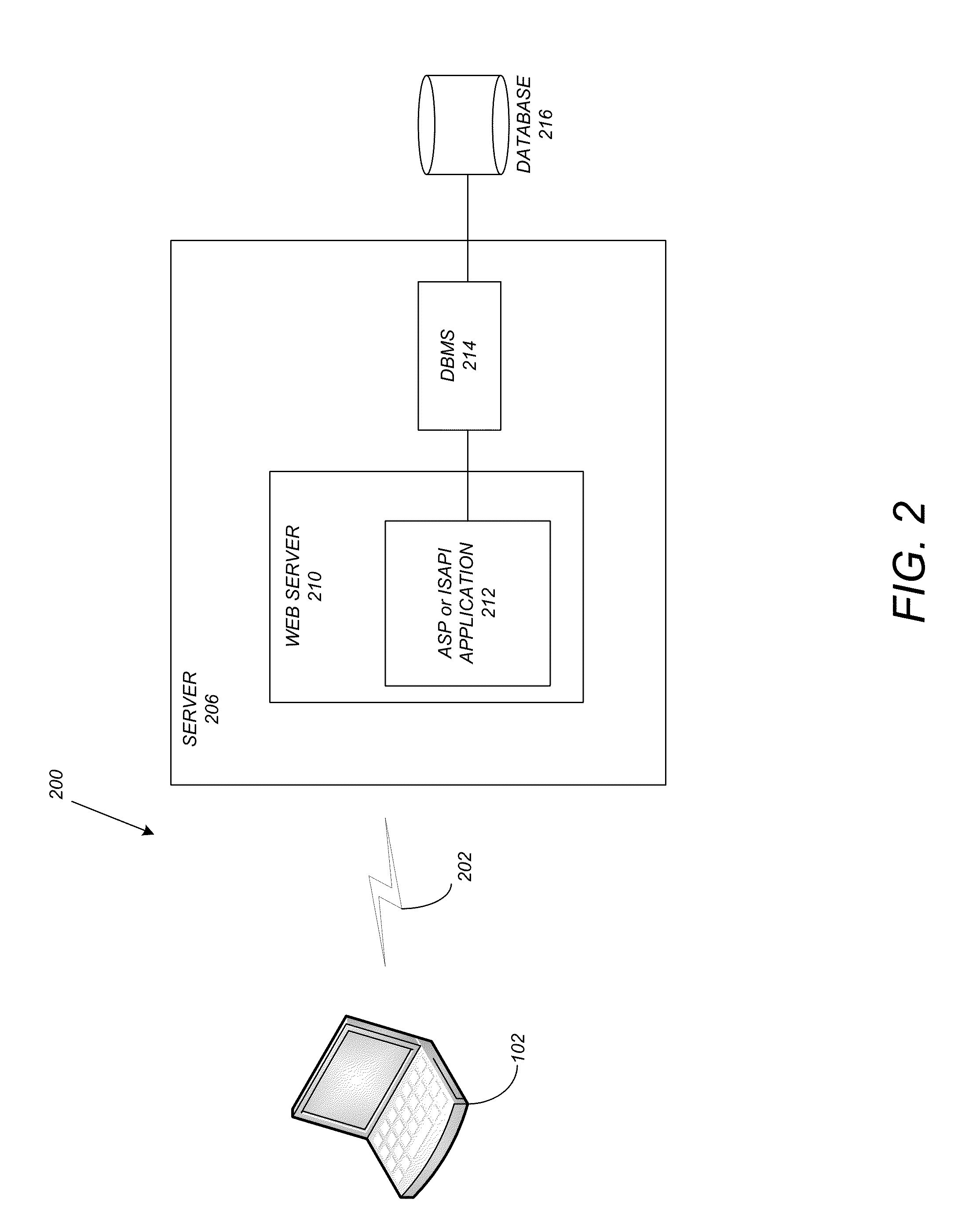Segmentation of ground-based laser scanning points from urban environment
a laser scanning and urban environment technology, applied in the field of segmentation of ground-based laser scanning points from urban environment, can solve the problems of difficult to determine which points belong to which objects in the scene, data (referred to as point-cloud data) is extensive and dense, and achieves the effects of preventing over-segmentation problems, improving time efficiency, and facilitating scene interpretation
- Summary
- Abstract
- Description
- Claims
- Application Information
AI Technical Summary
Benefits of technology
Problems solved by technology
Method used
Image
Examples
Embodiment Construction
[0028]In the following description, reference is made to the accompanying drawings which form a part hereof, and which is shown, by way of illustration, several embodiments of the present invention. It is understood that other embodiments may be utilized and structural changes may be made without departing from the scope of the present invention.
Overview
[0029]Embodiments of the invention provide a system for automatically segmenting point cloud data of 3D scans from an urban environment into small objects. The segmentation methodology is mainly based on the adjacency of object components. To remove the link of objects caused by terrain points, ground filtering is used to filter out most of the terrain points in a preprocess phase. Afterwards, the remaining terrain points are further extracted based on the local terrain surface property. After the connection through terrain is fully eliminated, non-ground points above the terrain are clustered into individual objects based on cell co...
PUM
 Login to View More
Login to View More Abstract
Description
Claims
Application Information
 Login to View More
Login to View More - R&D
- Intellectual Property
- Life Sciences
- Materials
- Tech Scout
- Unparalleled Data Quality
- Higher Quality Content
- 60% Fewer Hallucinations
Browse by: Latest US Patents, China's latest patents, Technical Efficacy Thesaurus, Application Domain, Technology Topic, Popular Technical Reports.
© 2025 PatSnap. All rights reserved.Legal|Privacy policy|Modern Slavery Act Transparency Statement|Sitemap|About US| Contact US: help@patsnap.com



